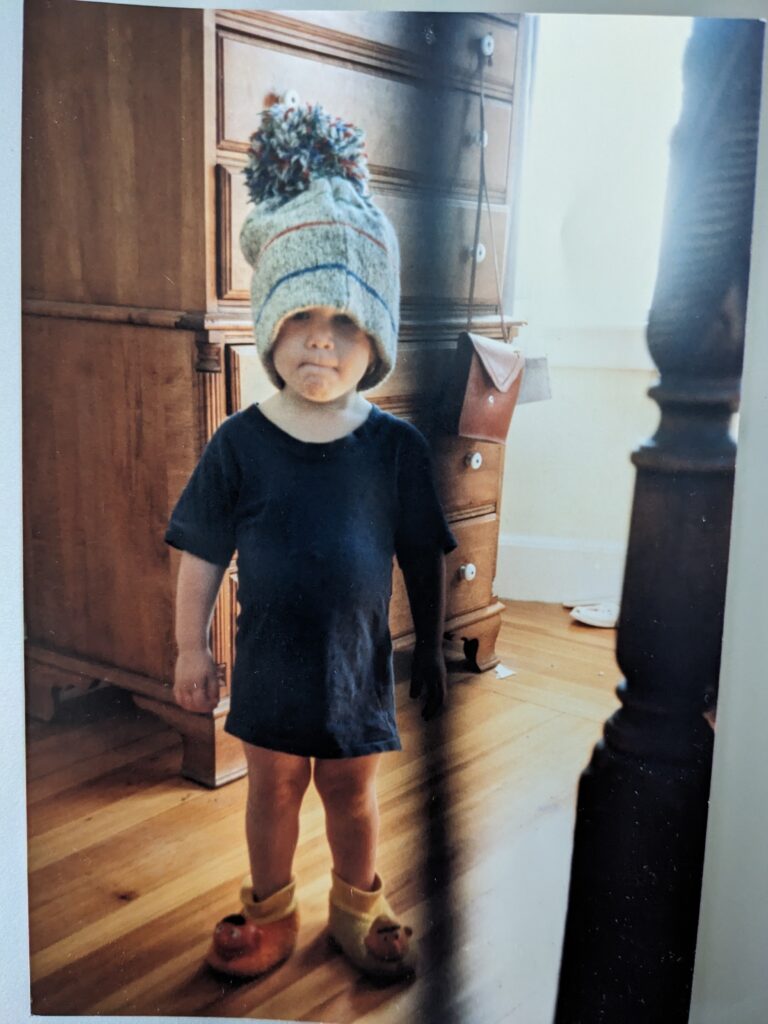Issue 105, Winter 1987

Hortense Calisher was born in Manhattan in 1911. She writes with great affection and authority about New York then and now—a city as textured, compact and allusive as her best prose. On the page, her memories of her upper-bourgeois childhood always exercise a power and specificity, a great charm.
Her publishing career began somewhat belatedly at the age of thirty-seven when, while she was living in the suburbs with her first husband and two children, her early stories started to attract attention. Recognition has remained consistent if sometimes merely respectful. Perhaps no evaluation of a single Calisher work does justice to the author’s collective range, to her ease in all genres. The range of work has been noted by English critics such as Brigid Brophy; she places Calisher in a social, moral, and stylistic continuum involving Edith Wharton and Henry James—two other writers equally at home with stories, novellas, and the novel. The subject matter of Calisher’s work extends from an understanding of dynastic nineteenth-century mores to ventures in outer space and back. Her Journal from Ellypsia foretold by twenty years the 1970s’ preoccupation with issues of gender. Though Calisher resists the term feminist, her sense of direction and personal certainty might seem to suggest otherwise. Among her works are The New Yorkers; The Railway Police; The Last Trolley Ride; and Textures of Life. Calisher has lived in Rome and London and is an American writer with international concerns. She has done quiet, considerable work on behalf of censored Eastern Bloc writers and poets. Her life as citizen has been notable—involving stints as president of both the American Academy of Arts and Letters and of PEN, the international writers’ organization.
In person, Calisher seems always ready to enjoy herself. Her memory is that of a tale-teller. She made of this interview a casual, almost partylike occasion. A raconteuse of considerable presence, she is a tall woman whose motions still recall her days as a Barnard dance student. The interview took place in her Fifty-seventh Street apartment shared with her husband, the writer, Curtis Harnack. Their front room has twenty-foot ceilings, parquet floors, Persian tribal rugs, and is lined with books. Over the 1840 pianoforte (still in relative tune) hangs a large inherited needlepoint Biblical scene, Moses Found Among The Rushes, a work mentioned at least once in Calisher’s fiction. There are chaises, chinoiserie, family photos, Victorian artifacts, Liberty prints, Japanese woodcuts, anatomy texts. Tiles bordering a brassbound fireplace display enameled raspberries, wildflowers, birds. The apartment—like Calisher’s fertile conversational style, like her own dense yet lucent prose—suggests a point of view: diverse, adorned, amused, and inclusive.
INTERVIEWER
After you published your autobiographical memoir, Herself, in 1972, you were quoted as saying that from then on you might have no more conversation or stories, since all had been said. Has that proved true?
HORTENSE CALISHER
Not quite.
INTERVIEWER
It’s not a conventional autobiography.
CALISHER
It was to have been called The Autobiography of a Writer. That was its stance. It would never have occurred to me to approach it as an account of myself.
INTERVIEWER
Why not?
CALISHER
Because what I have written—and how I came to write it—is most powerfully what I am.
INTERVIEWER
What was its genesis?
CALISHER
I’d been asked to collect my essays, criticism, and so forth. Their number surprised me, since I’d thought of myself as a fiction writer only. Perhaps because of that, their subjects were also very disparate. I found myself writing connective paragraphs to explain how I came to write them. Those became the book, essentially.
INTERVIEWER
And the title?
CALISHER
Changed to suit. I thought of it as a kind of reverse use of the Irish colloquial “himself” for “he.” Though Irish I am not. Herself is comfortably oblique. “I” and “me” can become oppressive. As a novelist learns.
INTERVIEWER
How do you mean?
CALISHER
To write in the first person seems the easiest. As all young journal-writers assume. Actually it may be hardest—there are so many hazards. Garrulity. Lack of shape, or proportion. Or even of judgment. On the other hand, when you’re really riding that horse well, it can feel as if you’re on Bucephalus. And you really feel the wind on you.
INTERVIEWER
You were thirty-seven when you first published—in The New Yorker. Did that seem late?
CALISHER
Well, there were prodigies around. There always are. I may have been one temperamentally. At Barnard, where I did write, I was said to be. But later, out in what I knew damn well was the real world—of literature and everything else—my agony was how to begin.
INTERVIEWER
How do you?
CALISHER
You begin.
INTERVIEWER
What had held you back?
CALISHER
Fear. I’d been brought up to revere the idea of books as a necessary part of any worthy life. Good books—but any was better than none. With my father, who as a post-Civil War casualty hadn’t had the same educational chances as some of his forebears but had wanted to be a poet, the impulse was particularly strong. He went to books for ethics as he went to the pharmacy for medicine. And the rest of his family, though less interested, paid books respect. Meanwhile, though there’d been philosophers and rabbis in the grandparent generation, they themselves were all in trade or manufacturers. I think such middle-class backgrounds, where the bourgeois only sniffs at art or intellect, often produce artists. A child born to them smells the difference—as I did. And if you were rebellious enough not to want to go into trade—well, it’s only money.



